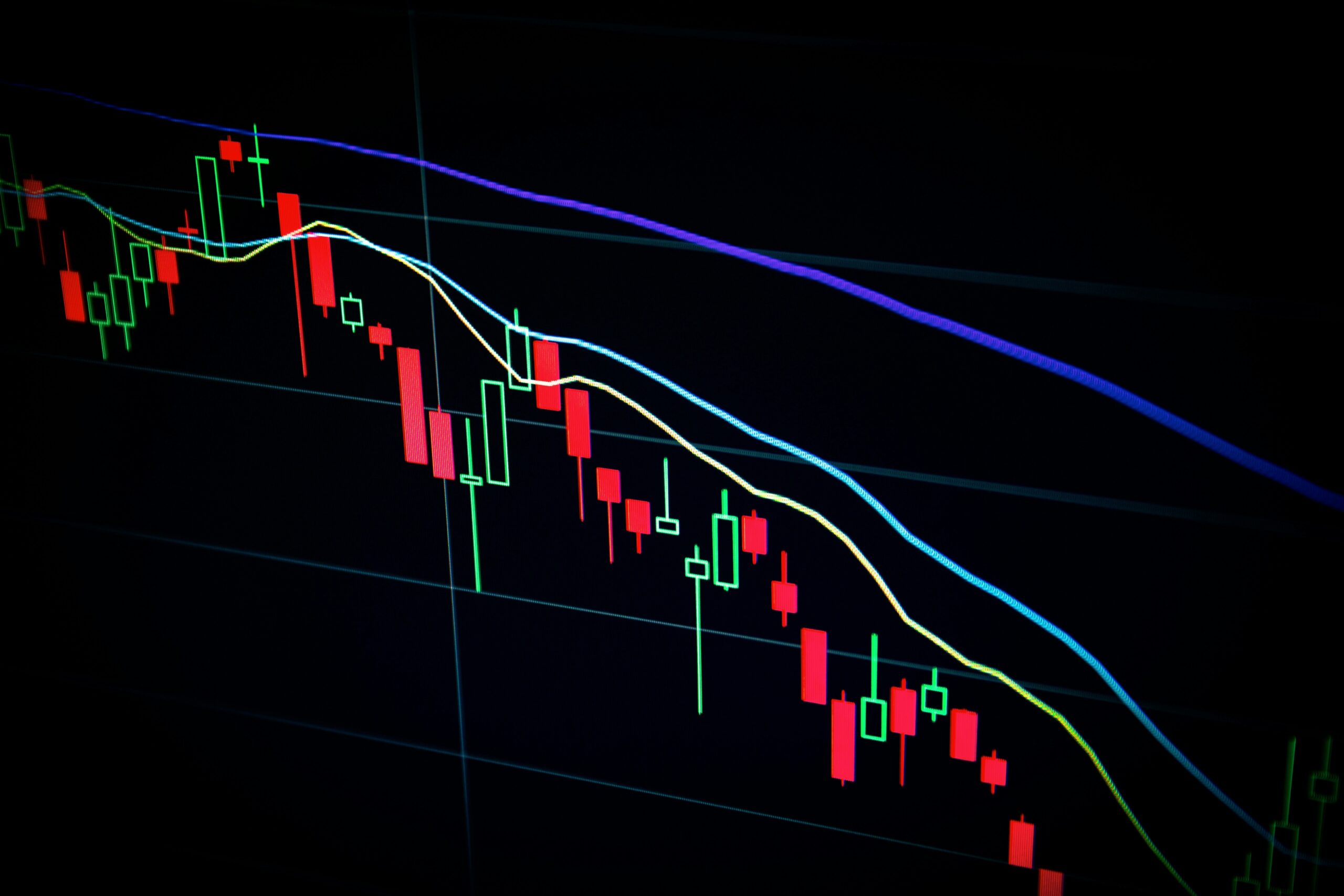The Real Difference Between Growing Money and Protecting It
There exists a point in everyone’s financial life that suggests the approach needs to change. In the beginning, the goal is growth – maximized return, increased aggressive tactics. At some point, however, the goal becomes preservation. The issue: the majority fail to recognize when it should change or don’t want to admit it needs to at an even far earlier date and still fail.
It’s not just about age, although that is a component. It also involves how much one has, what they need that money for, and how much risk one truly can afford to engage. Get it wrong in the other direction and people become too aggressive when preservation is key – too conservative when growth is the most important component of their financial lives.
Why Growth Is Complicated, But Not Complicated
When one is looking to create wealth for themselves, positioning is somewhat straightforward. It inevitably means taking on more risk with hope for greater reward. It means positioning investments stock-heavy to essentially weather storms because time is on one’s side. It means going through good years and bad, relying on the positive trend over decades rather than focusing on immediate performance success.
It makes sense when someone is younger or pre-wealth creation stages. A 30-year-old with $50,000 already allocated for retirement can afford a bad year at -30% because they have three decades to rebound. The same applies for any individual amidst wealth accumulation stages regardless of age; if money isn’t needed for 20 years plus, a slight downturn now means nothing.
A growth mindset also suggests income generation isn’t as important. Realized (dividend) and unrealized (interest) gains aren’t as welcome as total return. In fact, generating income during wealth creation years can be counter-productive due to higher tax responsibility from earned income.
The less taxes owed along the way and more earned returns the better – at least in the taxable world. Thus, wealth creation years encourage maxing out retirement vehicles – even after-tax IRAs to promote long-term gains now without the tax responsibility later at a potentially lower income bracket. The ultimate goal is deferring taxes and maximizing what can be obtained through compounding gains in future years.
When Preservation Matters More
What ultimately matters during preservation phases includes wealth accumulation to a point where aggressive growth makes less sense than maintaining what someone has now. There still must be growth; however, that balance shifts where risk at $100K doesn’t make sense at $2M.
Understand – what does a 30% hit from a bad market mean? At $100K, it’s $30K – a painful loss for sure, but not one that is insurmountable. At $2M, it’s a $600K loss – which for someone at retirement or close to retirement stages could mean devastation if they weren’t planning on taking $60K annually out anyways.
It matters now because instead of needing 10% wealth generation per year to meet goals, those above $2M need 4%-5% with the least amount of volatility possible. Any unnecessary risk for unnecessary returns could actively sabotage life’s goals since now there’s vested interest in using said funds.
Professional guidance through investment management becomes necessary over time because lack of understanding of the market can become detrimental in the long term. Where immediate changes in a portfolio aren’t noticed, they can become much more pronounced over a 30 year period.
Growth strategies look fundamentally different to wealth preservation strategies. Asset allocation becomes focused on bonds, cash reserves and more stable investments, where equities are still created but to a less than half extent. It focuses on minimizing risk with large losses, rather than assuming equity plays will raise up enough to diversify pre-preservation stages.
Income generation becomes more important too – no longer is everything being reinvested with continued growth; instead, cash flow must be generated for spending along the way, meaning focusing on dividend yields, bond payments and withdrawal strategies become a more central part of the strategy.
The Difficult Part – When Do People Know?
In theory, making this decision should be easy; practically it becomes rather difficult. Many switch too soon and aren’t able to make up the gains they lost out on or wait too long and take significant hits when they can least afford them.
For example, a 55-year-old with $5M saved can afford more risk than a 55-year-old with $400K; one has a cushion whereas the other needs every last dollar to attempt at growth with any gains along the way. Additionally, a 30-year-old who plans on working until 70 can afford more risk from this perspective than an individual who plans on retiring young at 62 with A LOT of time left for portfolio growth.
Personal circumstances matter tremendously. Basic needs by alternative accounts mean more aggressive positioning – someone with a pension who only uses investments for play can afford a little leniency than someone who strictly relies on portfolios for any discretionary spending.
Someone’s health also comes into play – as do family obligations – suddenly becoming their financial guardians’ keeper means added pressure or resolution for every dollar pocketed.
The Risks Associated
One of the biggest issues during preservation mode applies to getting far too conservative with savings. Fear reigns when it’s time to preserve one’s portfolio and suddenly everything goes into cash or bonds. What does that mean? It means no growth compared to inflation and at $1-2M dollars expected to last 30 years worth of retirement, this spells doom.
Anyone retiring at age 65 might live until 95 – thirty years of inflation equalling zero purchasing power if their money sat in banks earning 1-2% while inflation hovers at 3%. Even in preservation mode some sort of growth must occur to maintain standards of living.
The second risk occurs when markets take a dive and instead of letting things play out, individuals panic – sell everything – and run into hoarding cash. This effectively sabotages everyone’s hard work over the years since selling in downturns lock in losses – and missing recoveries forego passive opportunities they’ve long awaited.
It’s not about avoiding losses; it’s about creating a portfolio powerful enough to withstand normalcy.
It’s Not Simple Solutions
At this stage most people need to be a little bullish and a little bearish with their investments, rather than all out in one direction. A 60-year-old could change from 80% stocks to 60% stocks – not necessarily a fearful response but one that’s adaptable should the market start to become more volatile and impact their savings. It’s not about age alone either; it’s about using proper rationale.
Transitioning from an aggressive stance immediately into conservative territory creates tax problems, whereas failing to make any changes or having poor timing can mean investors lose out on lucrative gains or get earnings wiped out by the market.
Therefore rebalancing this transition becomes crucial; certain investments grow faster than others; regularly weighing asset allocations keep risk levels balanced.
Tax Implications
When it comes down to it, going from growth mode into preservation mode involves taxes as well – from taxes overdue during wealth creation patterns – preservation mode wants taxes paid down as early as possibly – unless paying down is lower than once someone retired.
For example, Roth conversions trigger taxes today – but tax-free income streams later; even if now are low-income years before retirement compared to hoping they don’t kick in until required minimum distributions which come at much higher tax brackets.
In terms of capital gains management: During the wealth building stage holding until long-term windows make sense; during preservation it makes sense to realize some gains during low-income windows or take losses for other income offsets especially since during this portion these dollars are more liquid since personal expenditures are less relied upon than cash flow turned necessary once properties depleted.
Finally estate planning considerations are part of this transition; how assets transfer into heirs’ hands complicates which accounts go down first versus diversified preservation turns into legacy implications that requires taxed versus legacy considerations.
Getting It Right
These shifts do not occur at a certain age or net worth; they naturally transition over time. Someone aged 40 may think about preservation even while still aggressively growing wealth accumulated thus far; someone aged 60 may need strong growth despite their older age because their circumstances necessitated as such.
But they have to be intentional about where they fall on this spectrum and allow their investment strategy to follow suit.

